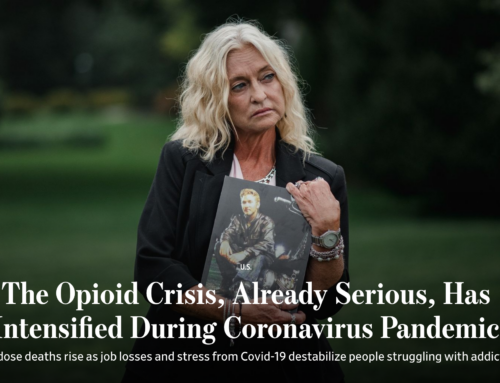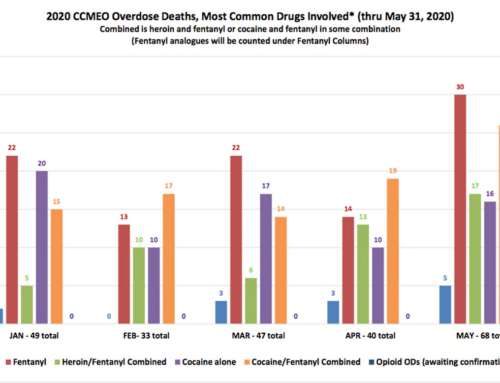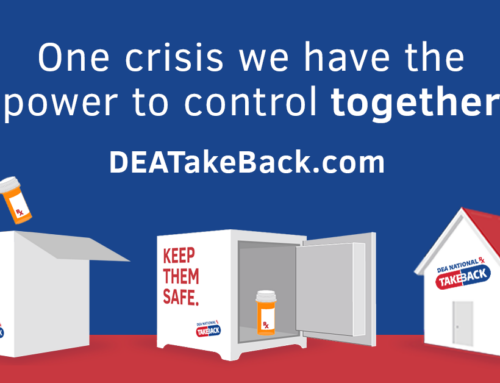(CNN)The number of heroin users in the United States jumped from 404,000 in 2002 to 948,000 in 2016, a 135% increase, according to the most recent government numbers. But even more striking: The number of people who had fatal overdoses related to heroin has skyrocketed from 2,089 in 2002 to an estimated 13,219 in 2016 — a 533% jump.
These numbers are a striking marker of the lethality of the opioid epidemic that has taken root across the country.
More Americans lost to drugs than in Vietnam War
Health and Human Services Secretary Dr. Tom Price said more American lives are lost to drugs than were lost in Vietnam. The US military saw 58,000 casualties during Vietnam; this year, drug overdose deaths are expected to reach an all-time high of 71,600.
“This is unacceptable,” said Price, who was part of a panel that released the latest findings from the Substance Abuse and Mental Health Services Administration’s 2016 National Survey on Drug Use and Health on Thursday.
The report wasn’t entirely bad news: The number of people who misused and abused opioids has remained relatively stable since last year. Opioids can include both prescription drugs such as hydrocodone or oxycodone as well as illegal drugs like heroin or street fentanyl. Misuse of a narcotic includes using someone else’s prescription drugs, using a higher dose than prescribed or buying prescription drugs off the street.
The discrepancy between increased overdoses and steady use levels has public health officials concerned about just how potent the drugs are becoming.
“What’s in today’s drug supply is really terrifying,” said Richard Baum, acting director of the White House’s Office of National Drug Control Policy who is also part of the panel releasing the new report.
Approximately 11.8 million Americans misused an opioid in 2016, the new report says. Of those, just 8% used heroin. The majority misused prescription painkillers, and the main reason wasn’t to get high but to get pain relief.
In addition, an estimated 2.1 million people were addicted to heroin or prescription painkillers last year, a number that has remained fairly constant since 2011.
But while opioid use hasn’t changed much, the number of drug overdoses is expected to grow.
Fentanyl overdoses expected to double
According to the US Centers for Disease Control and Prevention, drug overdoses are the leading cause of accidental death in America, killing more people than guns or car accidents.
It’s a trend that doesn’t appear to be reversing course. The CDC estimates that there were more than 52,000 overdose deaths for 2016 and projects that number to climb 38% to over 71,000 in 2017. Opioids continue to be the drivers for these overdoses, including both legally prescribed prescription painkillers as well as illegal drugs. In fact, the number of overdose deaths related to merely fentanyl is expected to more than double, from an estimated 9,945 in 2016 to 20,145 in 2017, the CDC says.
Dr. Andrew Kolodny, executive director of Physicians for Responsible Opioid Prescribing, said the continuing rise in overdoses wasn’t a surprise. Without increased access to medically assisted treatment, which involves using medications like buprenorphine and methadone to help taper opioid use, this trend could only be expected to grow, he said.
Overdoses will continue “until it’s easier to access bupenorphine than it is easier to access fentanyl, heroin or prescription pills,” said Kolodny, who was not involved in the new report.
The rise of cocaine
The CDC is also seeing a trend in overdose deaths related to cocaine, which have increased steadily from over 4,000 in 2009 to over 6,700 in 2015. The agency expects that number to rise to over 6,900 in 2016 and then to make a 52% jump to almost 11,000 cocaine-related deaths this year.
“These are the highest numbers ever recorded in a single year. A lot of these fatalities are related to fentanyl,” Baum said. He emphasized the need to better understand why drug users would use multiple substances.
And while there has been a reported increase in cocaine production, Kolodny said that the rise in cocaine-related overdoses was a logical result of increased fentanyl use.
“As we see more people dying of fentanyl overdoses, you’re going to start seeing other things in their system,” Kolodny said.
ORIGINAL POST: http://www.cnn.com/2017/09/08/health/heroin-deaths-samhsa-report/index.html







